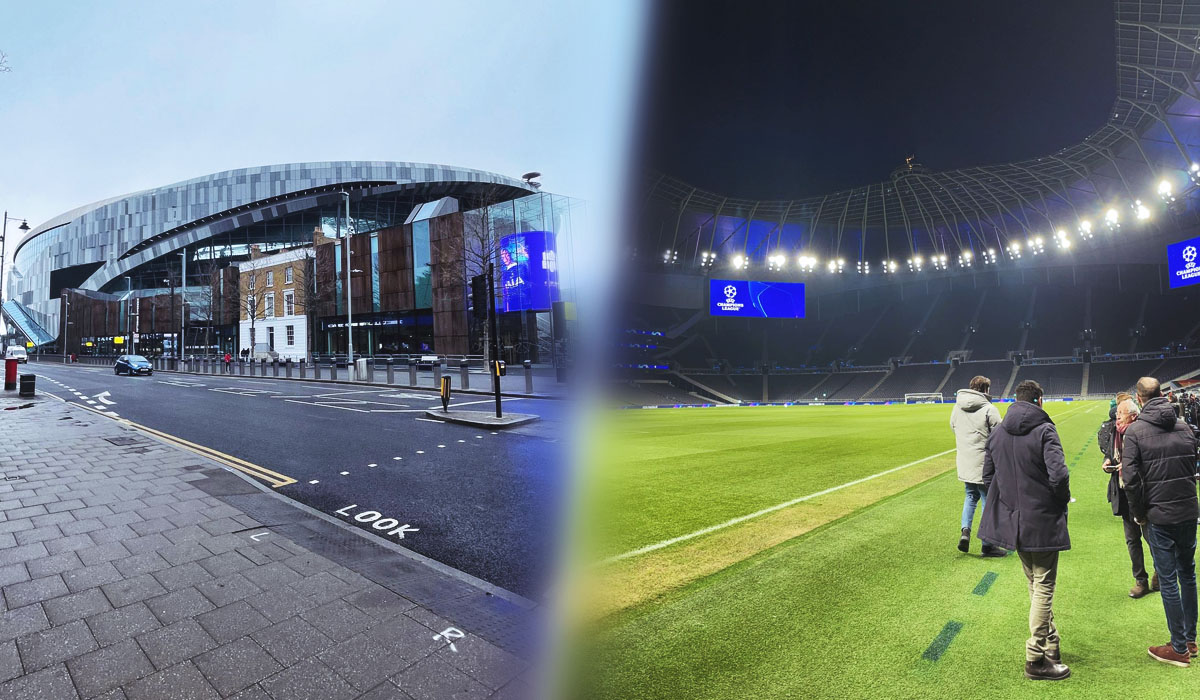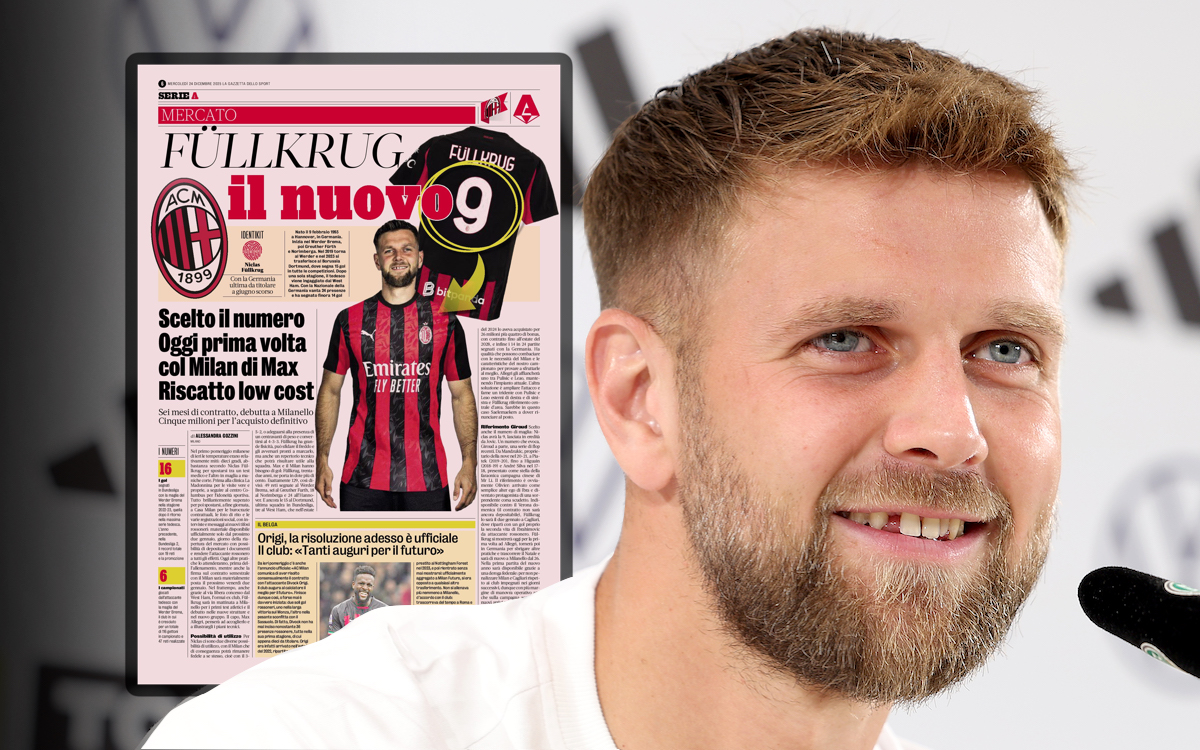AC Milan and Inter should secure the deed for the San Siro project tomorrow, and some more information has filtered through.
There is a lot that can be said about the new project at San Siro. Yes, it is moving away from one of the most historic football stadiums, if not venues, in the world. However, it brings countless opportunities for the football clubs, and the city too.
Ultimately, San Siro is out of date, and the longer the clubs rely on it, the longer it will be a hindrance. An unfortunate but glaringly obvious reality.
New San Siro documents
So, tomorrow should be the first day of a new era, where the clubs own their home and will start to make plans for their new one. On the eve of the expected signing, some information has been revealed from the City of Milan website.
Covering things like the reasons for the new stadium and comparisons, MilanNews have relayed the document.
Reasons…
“For a modern football club, having a state-of-the-art stadium is no longer an option, but a prerequisite for ensuring financial stability, long-term sustainability, and, consequently, sporting competitiveness.
“An adequate infrastructure allows for expanding and diversifying revenue sources, improving the fan experience, attracting private investment, and enhancing the Club’s brand internationally. The stadium is no longer simply a place for matches, but the beating heart of a social, urban, and economic ecosystem, capable of generating value every day of the year.
“The Stadio Giuseppe Meazza, commonly known as San Siro, today displays a level of obsolescence that compromises its operational efficiency and competitiveness compared to the most advanced international standards.
“Originally built in 1926 and subject to various interventions over time, it is no longer able to offer an experience that meets the expectations of fans, athletes, artists, and commercial stakeholders.”
European comparisons…
“Italian teams suffer from a chronic delay in terms of investment in stadiums, and this is reflected not only in the degraded state of the stadiums, but also in the clubs’ more limited ability to transform matches into sources of revenue to be reinvested in the sporting project.
 Tottenham’s new stadium
Tottenham’s new stadium“Meanwhile, major European clubs – including Tottenham Hotspur (with the new Tottenham Hotspur Stadium), Real Madrid (renovation of the Santiago Bernabéu), FC Barcelona (Espaça project), Manchester United (new 100,000-seat stadium) and Arsenal (Emirates Stadium) – have already undertaken significant investments in modern infrastructure, capable of strengthening the sporting and commercial competitiveness of the clubs.”
No to renovation…
“Several feasibility studies commissioned by AC Milan and FC Internazionale have concluded that a renovation of the G. Meazza stadium is not viable.
“This was due to: the age of the structure (at almost 100 years old, it would require expensive structural interventions), its architectural configuration (irresolvable constraints, such as its proximity to the Trotto stadium, the ramps in the second tier that limit expansions of the first tier, and the lack of walkways in the third tier, preventing expansion and modernization), compromised revenues (work lasting 3-4 years would require the relocation of teams, causing financial losses), inadequacy compared to current standards (the renovated facility would not offer a modern and accessible experience anyway) , and high costs for limited benefits (the investment would not be offset by a sufficient increase in revenue).”
The new project…
“A capacity of 71,500 seats, with optimal visibility from every sector; the inclination of the stands is designed to replicate the atmosphere of San Siro; noise reduction through specific interventions; wide and rational walkways with refreshment points, bars, restaurants, and merchandising areas; premium spaces for hospitality and corporate events; universal accessibility in every sector; underground parking under the podium for easier access; relocation and reconstruction of the Patroclo Tunnel; creation of approximately 140,000 square meters of greenery, including 52,000 square meters of deep greenery; use of modern, energy-efficient and sustainable construction techniques; carbon neutrality through the purchase of “Carbon Credits” or through other permitted formulas.”

 1 month ago
51
1 month ago
51








 English (US) ·
English (US) ·